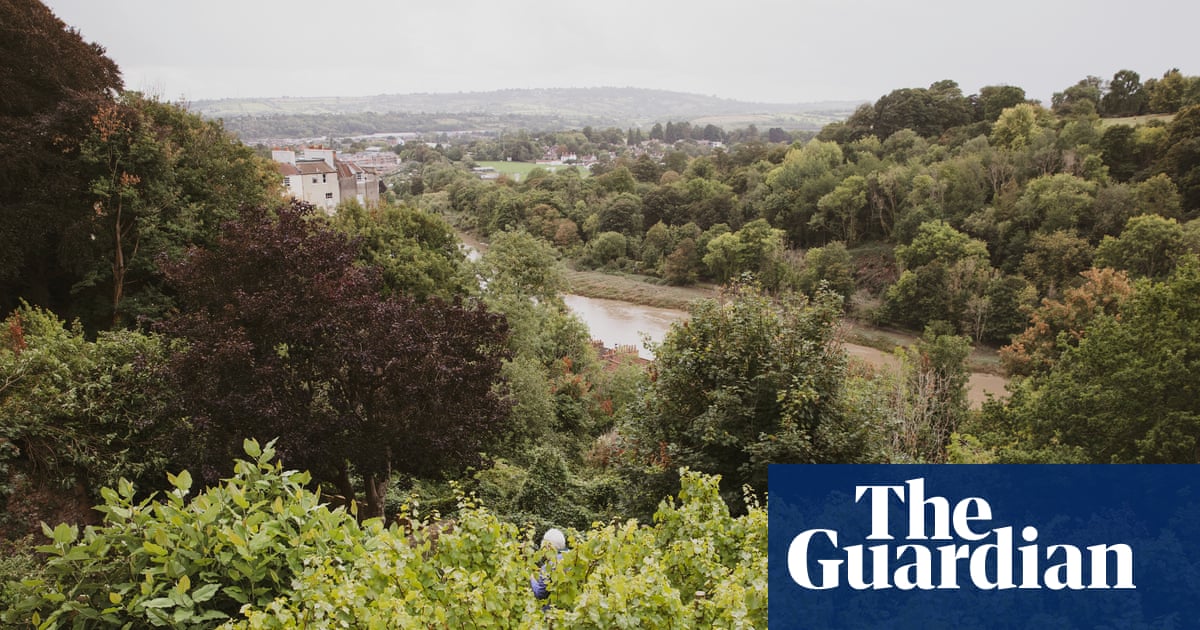
"Every 20 minutes or so an ageing diesel train pulls into a graffiti-covered station. Nearby, a police siren pierces the near-constant traffic drone. Commuters hurry past collapsing, ivy-draped fencing panels as rain clouds gather. This is perhaps the last place you expect to find a perfectly formed vineyard. But James Bayliss-Smith has managed to cultivate 40 mature vines sagging with plump mauve grapes on a rambling allotment sandwiched between a row of 1930s houses and a local rail line just north of Bristol town centre."
"So far, Bayliss-Smith's allotment is the only one listed in the Urban Vineyards Association's forthcoming world atlas, which includes more famous city vineyards such as the 1,800 vines on the slopes of Paris's historic Montmartre neighbourhood and more than 3,000 vines overlooking and within Turin. The Italian-based non-profit association is at the forefront of a movement re-establishing city vineyards in traditional winemaking countries, but has discovered them all over the world, including cities in Japan, Bangladesh and Uzbekistan."
An ageing diesel train and nearby rail line frame an unlikely vineyard where James Bayliss-Smith cultivates 40 mature vines heavy with mauve grapes on a rambling allotment north of Bristol town centre. Bayliss-Smith organizes a loose collective of growers who produce wine from four hidden urban vineyards across the city, coordinating via a WhatsApp group called Grape Expectations. Bayliss-Smith's plot is included in the Urban Vineyards Association's forthcoming world atlas alongside notable city vineyards in Paris and Turin. Urban vineyards provide greenery, boost biodiversity and can protect land from development while enabling small-scale winemaking.
Read at www.theguardian.com
Unable to calculate read time
Collection
[
|
...
]